Video killed the radio star. Al Gore killed the nightly news.
Errrr . . . something like that. While that may be a stretch, two things are certain.
One, the internet has changed the speed at which news is consumed and, therefore, the pace required to keep up.
Today’s information consumer demands instant access and knowledge. We no longer wait for the Sunday paper to get the week’s news. Heck, we can’t even wait for next week’s episode of our favorite show. Instead we use Netflix (slash HBO GO, Amazon, Hulu, or the like) to binge watch the entire season at once.
That desire for instant information is affecting traditional business media, too. In years past, editorial staffs carefully planned annual content calendars and made minor tweaks throughout the year. Today, such an approach means published content will likely be outdated before it ever gets in a reader’s hands.
And two, content is the indisputable king.
While business-to-business media and mainstream media and entertainment are very different, the challenges and goals are the same: Know the audience and serve them valuable, actionable, entertaining information.
Timely, relevant coverage is key. Recognizing that, the editors at Fusable are taking this opportunity to serve our audiences of-the-moment information – in whatever way they want to consume it.
Advertisers and marketers have to adjust to this new content world as well. Most marketing departments have marketing content calendars that they update regularly to provide relevant information to their customers.
So what do we do now?
Instead of the traditional editorial calendar, the editors outline a framework of recurring topics, industry events, and other foreseeable coverage. The value of the new approach is that the framework remains fluid, enabling editors to address the ever-changing interests of our industries and to engage through online and social media as stories break.
This approach means our content is driven by readers and the events that shape their businesses. Editors use online analytics and social media to identify the hottest topics and amplify them through digital, print and other channels.
Even though these factors complicate content planning, they open the door for deeper multi-direction communication and valuable audience engagement.
So what does this mean for advertisers?
The traditional way to plan your print advertising for the year was to look at the detailed editorial calendar and pick the topics you wanted your ad to be next to. But that tactic doesn’t ensure your ads are next to the most timely business information. Now, you’ll still be alerted to relevant content, just on a more frequent, timely basis. This gives advertisers a few advantages:
- You are advertising to a growing, engaged audience.
- You get to place your ads next to timely, relevant (meaning, they’ll get read) articles.
- You are associating your brand with one that’s at the forefront of the industry.
2014 is going to be a revolutionary year in the content world, and we’re excited to team up with our clients to meet it head-on!
[hr style=”2″]
Interested in seeing what this looks like?
Click the button below to see our media kits, access audience audit statements, and the new editorial calendars for our brands.
[button link=”http://www.randallreilly.com/services-media/media-services/our-brands/” target=”_blank” size=”large” color=”orange”]Browse Media Kits[/button]



